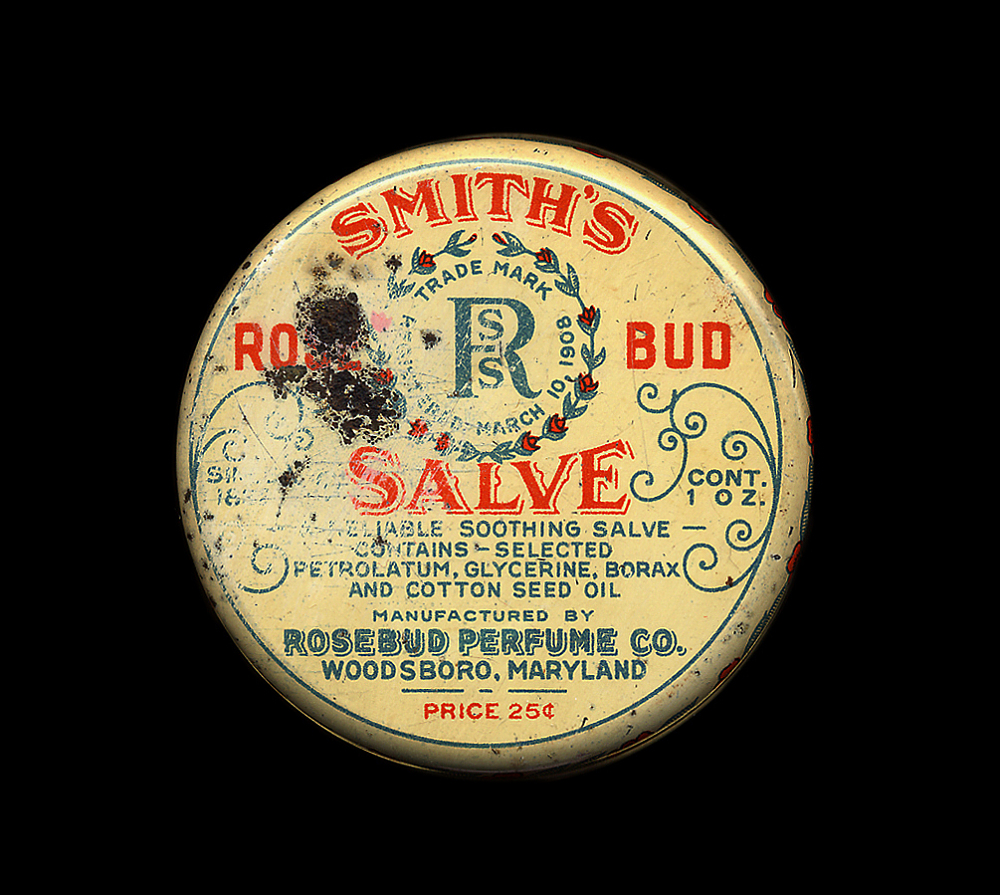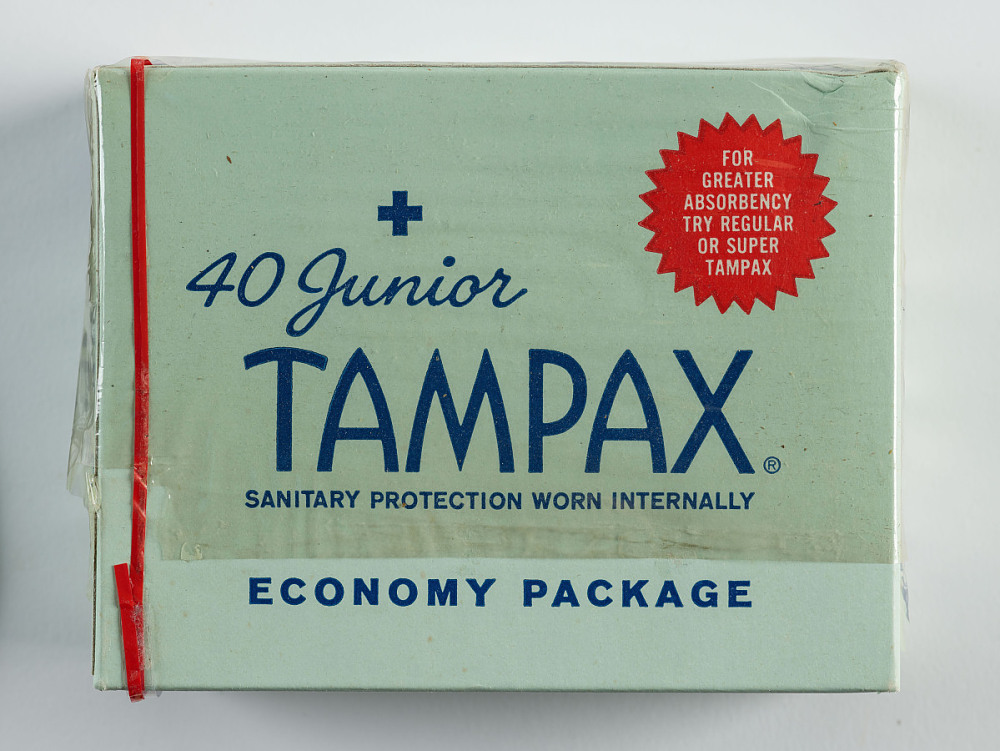As COVID-19 deaths spiked in 2020, Suzanne Firstenberg’s public art installation "In America: How could this happen…"
Museum Artifacts

Grade Range:
K-12
Resource Type(s):
Artifacts
Date Posted:
1/2/2022
The indications or uses for this product as provided by the manufacturer are:
A valuable preparation for chapped lips, face and hands; minor burns and scalds; bites and stings of non-poisonous insects and all other conditions for which a soothing salve is useful.
Learn more about the artifact!

Grade Range:
3-12
Resource Type(s):
Artifacts
Date Posted:
7/25/2012
This silver wine cup belonged to Pilgrim leader and Mayflower passenger William Bradford, who governed Plymouth Colony for thirty years. Made for Bradford in London, the cup bears his initials on one side.
The idea of America as a religious refuge originates with the Pilgrims, a group of E

Grade Range:
4-12
Resource Type(s):
Artifacts
Date Posted:
12/30/2020
Menarche, or the onset of menstruation, generated much advice and many attempts to manage girls' bodies in a public way. A box of tampons featuring "no belts, no pins, no pads" from Tampax, geared for young menstruating females. This object is featured in Girlhood (It's complicated).

Grade Range:
4-12
Resource Type(s):
Artifacts, Primary Sources
Date Posted:
6/11/2014
This teapot was made in England about 1766-1770, possibly by the Cockpit Hill Factory, Derby, England. Inscribed on one side of the teapot is “No Stamp Act” and on the other is “America, Liberty Restored,” both within flowerheads and stylized scrolling leaftips in black. The cover is pain

Grade Range:
5-12
Resource Type(s):
Artifacts, Primary Sources
Date Posted:
12/22/2010
This Medal of Honor was awarded to Sergeant Major Christian Fleetwood, 4th U.S. Colored Troops, for heroism on the field of battle at Chaffin’s Farm on September 29, 1864. Fleetwood seized the colors after two color bearers had been shot down, and bore them nobly through the fight. Fleetwood wa

Grade Range:
5-12
Resource Type(s):
Artifacts, Primary Sources
Date Posted:
12/28/2010
Soldiers who were held prisoner faced enormous boredom. They would often find debris and use it to make objects to pass the time.

Grade Range:
5-12
Resource Type(s):
Artifacts, Primary Sources
Date Posted:
9/2/2020
Demand for inexpensive, mass-produced women’s clothing spurred the rise of early garment factories. The ILGWU was formed in 1900 by bringing together several smaller local unions to fight to end sweatshop production, higher wages, and improve working conditions in the cities where the garment fact

Grade Range:
5-12
Resource Type(s):
Artifacts, Primary Sources
Date Posted:
12/23/2010
Congressional Medal of Honor awarded to Frank E. Brownell, private, Company A, 11th New York Infantry. On May 24, 1861, Brownell killed John Marshall, the murderer of Colonel Elmer Ellsworth.

Grade Range:
5-12
Resource Type(s):
Artifacts, Primary Sources
Date Posted:
12/30/2010
This camp chair was used by Ulysses Grant during the Civil War.

Grade Range:
5-12
Resource Type(s):
Artifacts, Primary Sources
Date Posted:
12/23/2010
Badge from the Pennsylvania GAR (Grand Army of the Republic) veterans group’s semiannual encampment on the 25th anniversary of the Battle of Gettysburg.



















